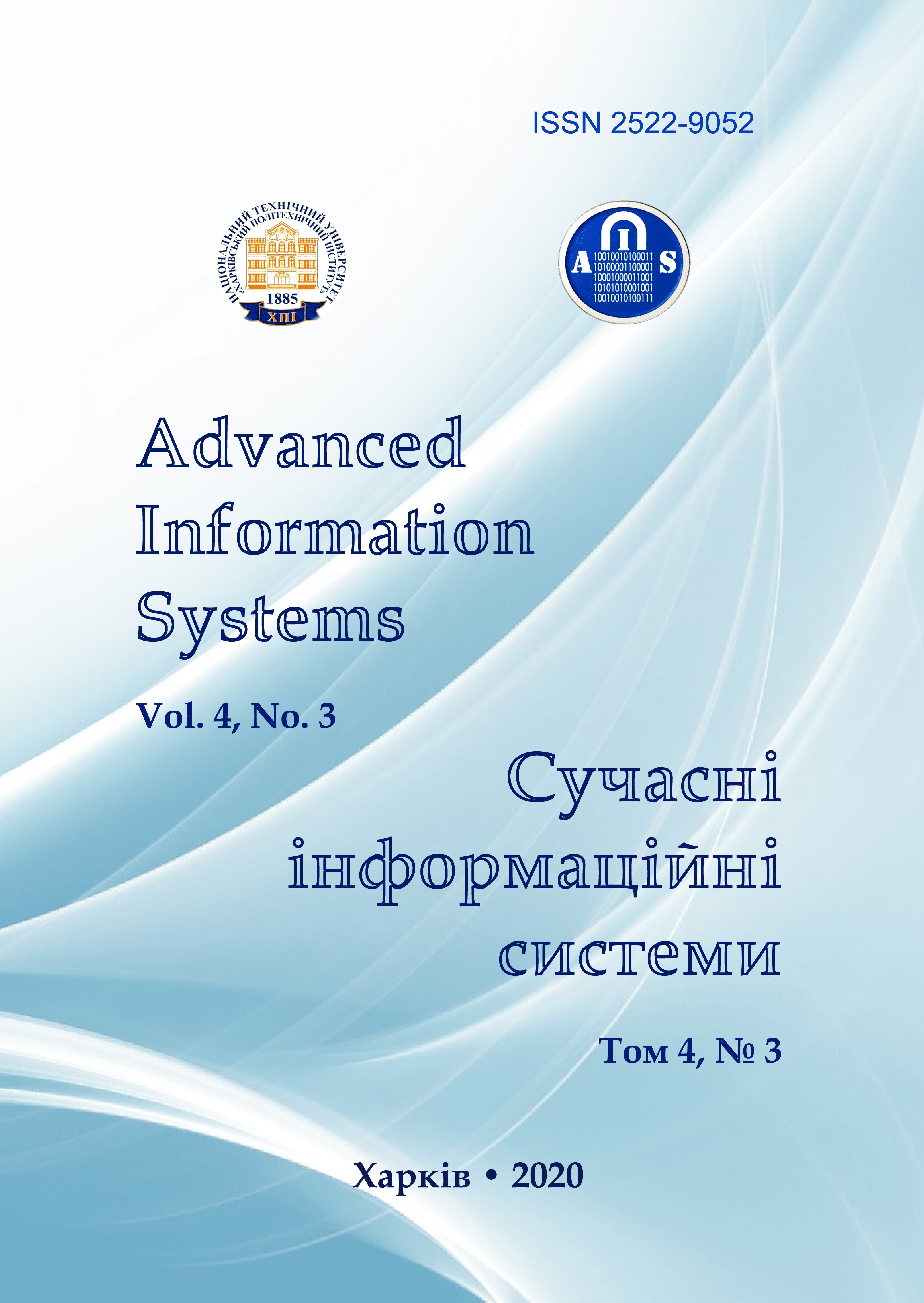MULTIFUNCTIONAL ANTENNA DEVICE FOR PROTECTION OF RADIO COMMUNICATION CHANNELS OF UNITS OF LAW ENFORCEMENT FORCES
Main Article Content
Abstract
Article Details
References
Ang, P., Eleftheriades, G. V. (2018), "Active Surface Cloaking with Patch Antennas", IEEE International Symposium on Antennas and Propagation & USNC/URSI National Radio Science Meeting, pp. 911 – 912.
Kocherzhevskij, G.I. (1989), “Antenna feeder devices”, Radio i Svjaz, Moscow, 352 p.
Nechajev, Yu.B., Nikolajev, V.I. and Rjakhovskij, A.S. (2008), “Prospective antenna device communication systems of general and professional use”, Theory and technique of radio communication, No. 2, pp. 20-28.
Belokursjkyj, Yu.P., Iokhov, A.Yu., Kozlov, V.Ye. and Shcherbina, O.O. (2014), “Organization of protection of radio communication channels of law enforcement units of Ukraine”, Zb. nauk. pracj Nac. akad. NG Ukrajiny, No. 1(23), pp. 46-49.
Ajzenberg, G.Z., Yampoljskij, V.G. and Terezin, A.N. (1977), “VHF Antennas”, part 2, Svjazj, Moscow, 381 p.
(2009), “[Antenna device with an angle-frequency dependent of directionality chart]”, Patent RU 2352035, available at: http://freepatent.ru/patents/2352035.
(2000), “UHF antenna (options)”, Patent RU 2160948, available at: http://freepatent.ru/patents/2160948.
Belokursjkyj, Yu.P., Ghorbov, A.N., Iokhov, A.Yu., Kozlov, V.Ye. and Shcherbina, O.O. (2014), “Ways to improve the characteristics of impovized antennas in the communications channels of law enforcement units”, Zb. nauk. pracj Nac. akad. NG Ukrajiny, No. 2(24), pp. 15-17.
(2014), “Antenna device”, Patent of Ukraine №95314 for utility model. Published 25.12.2014, bulletin №24.
(2015), “Antenna device”, Patent of Ukraine №96899 for utility model. – Published 25.02.2015, bulletin №4.
Dubrovína, V.V., Kozlov, V.Ye., Kozlov, Yu.V. and Novykova O.O. (2014), “Establishment consistency of results when solving peer review tasks”, Zb. nauk. pracj Nac. akad. NG Ukrajiny, No. 2(24), pp. 92-94.
Shabalin, S.A. (1990), “Applied metrology in questions and answers”, available at: http://padaread.com/?book=23281.
Kozlov, Yu.V. (2019), "Method of range of objects of comparison", Mizhnar. nauk. internet-konf. “Informacijne suspiljstvo: tekhnologhichni, ekonomichni ta tekhnichni aspekty stanovlennja”. No. 41, Ternopil, pp. 49-50, available at: http://www.konferenciaonline.org.ua/arhiv-konferenciy/arhiv-konferenciy13-09-2019.
